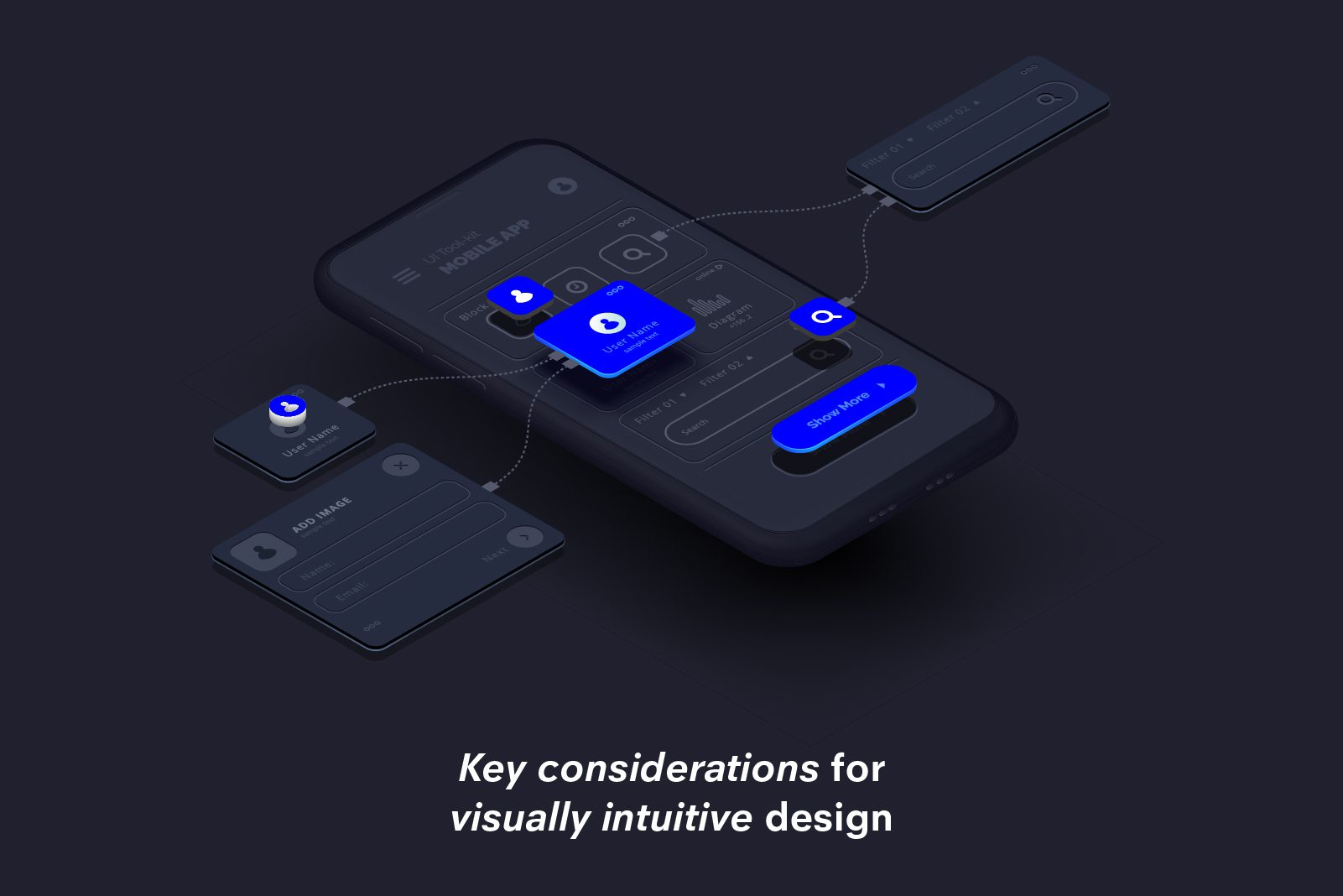There has been a growing emphasis on inclusivity and equal access to digital content, designers recognize the significance of creating experience that are accessible to individuals with visual impairments. Design community at large is recognizing that visual accessibility is not just a feature but an essential aspect of user-centered design. Global organizations are increasingly being held accountable for ensuring their digital platforms are accessible to all users. Including visual accessibility considerations from the early stages of the design process, designers can create more inclusive and user-friendly experiences that cater to a broader audience. This shift in mindset aligns with ethical design practises and helps businesses to enhance user satisfaction.
Designing for visual accessibility is no longer an optional add-on but a core requirement in modern design practises. When designers prioritize accessibility, they contribute to a more inclusive digital landscape where individuals with visual impairments can access and engage with content and services being at par with the general population. When designers are able to embrace visual accessibility as a core importance, it ensures that design solutions are not only aesthetically pleasing but also functional, usable, and inclusive for all users.
Also read: How to make use of AI for type design
Let’s understand some key considerations for designers when designing for visual accessibility design:
Responsive design
Ensuring that the website and application is responsive and adapts to different screen sizes, orientation is essential for designers to make design more inclusive for visual accessibility. Optimization of layout to prevent content from being cut off or hidden on smaller screen is another key consideration for designers.
Contrast and colour
Designers must make use of sufficient contrast between text and background to enhance the readability of the design and avoid the use of colours (in both contrast and combinations) that may lead to any sort of difficulty for individuals with colours blindness. Ensuring that critical information is not conveyed solely through colours, but also with the help of visual cues.
Also read: Embracing Voice UI as the future of user experience design
Typography
Designing for visual accessibility, designers must choose clear and legible fonts for text and maintain an apt font size for easy reading. If you are a designer, do consider providing options for users to adjust font size, spacing options as per their preferences.
Text alternatives
This option is for designers to provide descriptive alternative text for images, visuals, charts, graphs and more to convey their meaning to users who are unable to see them. Inclusive content here will mean adding transcripts or captions for multimedia content such as audio aids and visual aids.
Consistent navigation
Inclusive design requires a consistent UI process to aid users while navigating on the digital platforms. Designing a clear and consistent navigation structure to help users easily find and access content is key. Designers can make use of descriptive labels for navigation links and button to aid screen reader users.
Read here: Most popular chatGPT AI prompts for designers
Keyboard accessibility
This aspect focuses on designing interfaces that can be fully operated using a keyboard alone, without relying on mouse or touch gesture that are not easily accessible for visually impaired. As a designer, one must ensure that keyboard focus is clearly visible and distinguishable.
Visual hierarchy
Designing clear visual hierarchy means offering the user cues like heading, subheading, visual aids, audio aids, bullet points to create a clear hierarchy of information. When designing for inclusivity emphasis on the elements like size, colour, styling to help users navigate and understand the content.
Staying clear of visual clutter
Remember to minimize the unnecessary visual elements, distractions or busy backgrounds that can hinder readability. Making sure that the design is clean and uncluttered to reduce cognitive load.
Also read: How colour psychology works in packaging design
User testing and feedback
Most crucial part of the design process is user testing and design iteration based on their feedback. A good designer must conduct regular accessibility tests with assistive technologies and screen readers to identify and address any accessibility issues. Gathering essential feedback from users with visual impairments will help designer to comprehend users’ specific needs and make necessary iterations.
When a designer is able to incorporate the mentioned considerations into visual accessibility design, they create an inclusive user experience that accommodates users of different visual abilities. This helps to ensure that digital content is accessible to everyone and aligns with ethical design practises.
Keen to design for inclusivity? Join Strate School of Design’s Interaction Design programme to gain a global learning experience from leading industry experts and live design projects.
Also read: What a career in metaverse and NFT design can offer



Want to Become a Designer ?
Strate is a unique design school that nurtures your talents as a designer by offering state-of-the art designing courses in Bangalore.
Join Strate